I just startet learning R but I already have my first problem. I want to disply my data in a graph. My data is in an Excel sheet converted to a .csv sheet. But I have some chemical formulars like Fe2O3 in my data and with the .csv all subscripst are gone. That doesn't look very nice. Is there any way to get the subscripts from the original Excel file into R? I would really appreciate your help :)
Edit: My data contains 6 chemical formulars displayed on the x-axis, which all contain subscripts (i.e. Fe2O3, ZnCl2, CO2, ...) and nummeric values displayed on the y-axis. The graph is a bar chart. I am not sure if there is a way to either change the numbers to subscipts in R or keep them prior to the import.
The graph looks like this. But I would like to have the numbers as subscripts:

